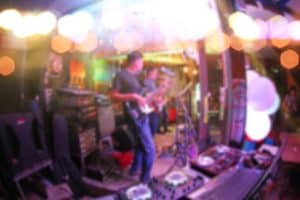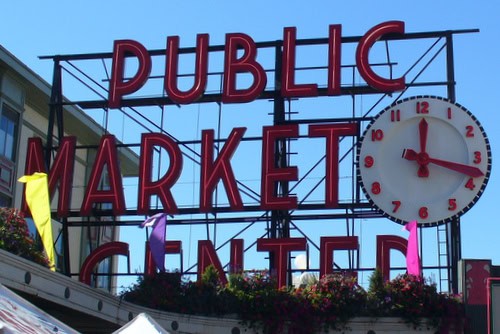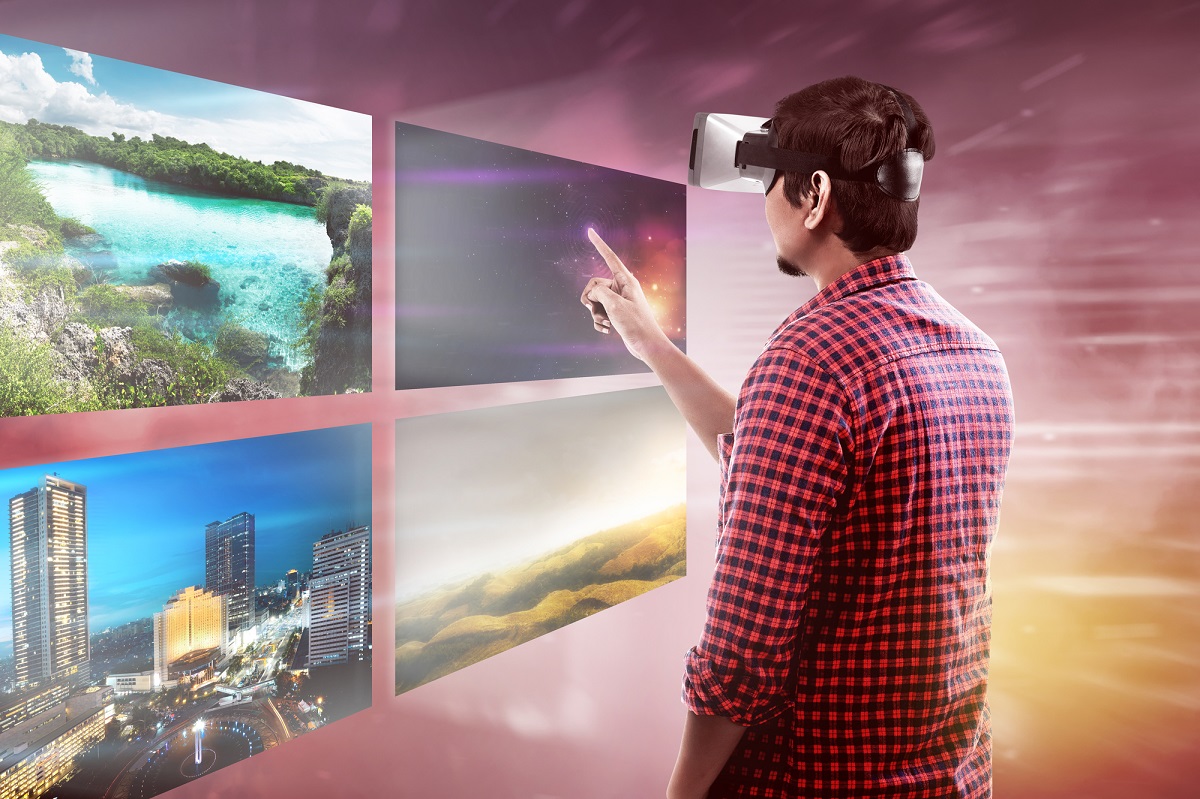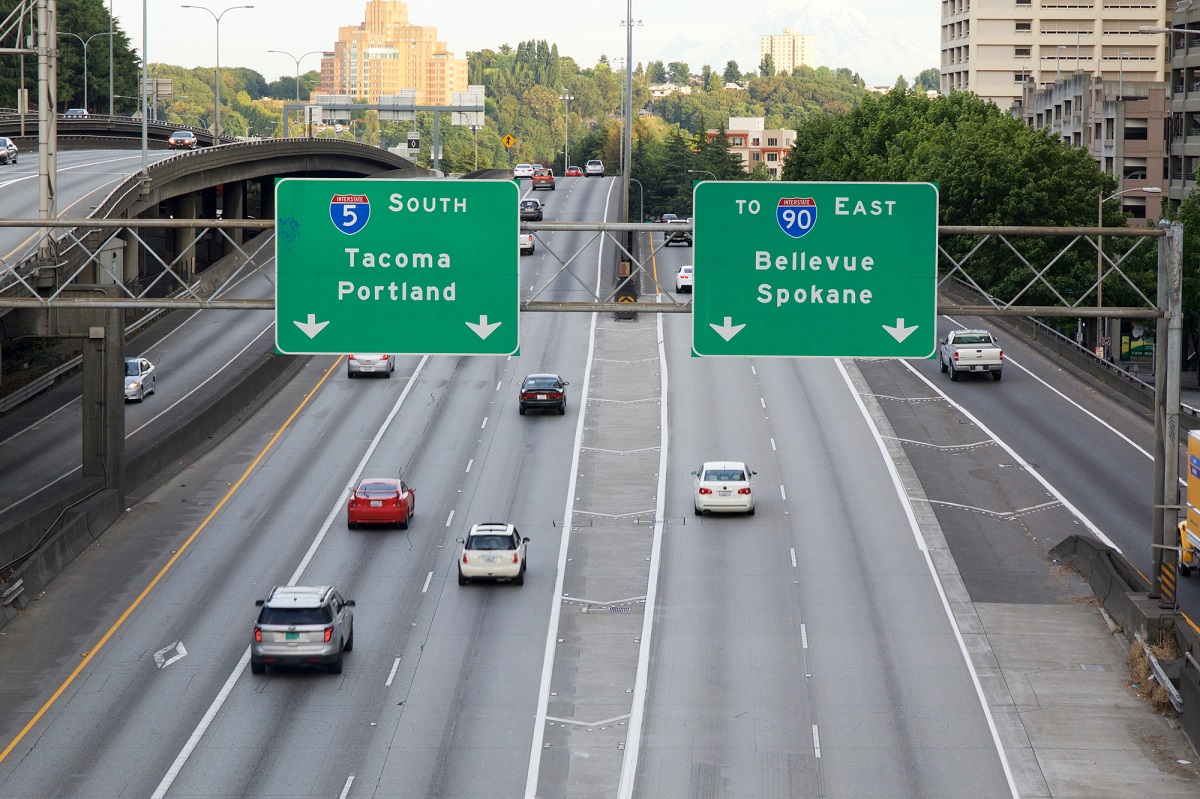Hibulb Cultural Center & Natural History Preserve is a museum on 50 acres of forest and wetlands on the Tulalip Reservation. Located in Western Washington, north of Everett and the Snohomish River, and west of Marysville.
The Tulalip are successors in interest to the Snohomish, Snoqualmie, Skykomish, and other allied bands signatory to the 1855 Treaty of Point Elliott. At Hibulb, you can experience the natural beauty of the Pacific Northwest and learn about the history and culture of the indigenous Coast Salish Tribes.
History of The Hibulb Cultural Center (HCC)
The Hibulb Cultural Center & Natural History Preserve opened in 2011, realizing a dream of the Tulalip (pronounced Tuh’-lay-lup) people to preserve and share their rich history and cultural heritage.
The design of the building is inspired by the Tulalip people. It was the first Tribal facility certified by the state of Washington. The center includes an archaeological repository. The collections include historic canoes and archaeology from various sites throughout Snohomish County.
A goal of the museum is to unite the local tribal members through common cultural heritage. A wall features the names of all of the registered tribal members, past and present. Cultural and educational classes, as well as a variety of events, are offered exclusively to tribal members as a way to foster connection.
The museum also facilitates lessons in Lushootseed (txʷəlšucid, dxʷləšucid), one of about 20 of the surviving Salish languages. The Lushootseed-speaking region extends along the shores of Puget Sound from modern-day Olympia to the Skagit watershed and from Hood Canal to the Cascades.
Since opening, thousands of visitors have come to Hibulb to learn about these Pacific Northwest Indigenous peoples.
Visiting Hibulb Cultural Center
The cultural center is over 20,000 square feet, sitting on 50-acres of natural beauty. Permanent features include a replica longhouse, historic maps, on-site library, hands-on activities, to fully explore many aspects of the history, culture, and lifestyle of Coast Salish tribes. Temporary exhibits also rotate throughout the year and have included weaving crafts, Native American art, Coast Salish history, and more.
- Location: Hibulb Cultural Center & Natural History Preserve, 6410 23rd Avenue NE, Tulalip, WA 98271
- Parking: free on-site.
- Hours: Tuesday – Friday 10:00 AM – 5:00 PM. Saturday – Sunday: 12:00 PM – 5:00 PM. Closed Mondays.
- Regular admission: Adult $10. Children 5 and under free.
Free and discount admission to HCC
- FREE admission 1st Thursday.
- FREE admission for HCC and Tulalip Tribal Members, plus other benefits. Membership begins at $50.
- DISCOUNT admission for Military and Families.
Website: The Tulalip Tribes Hibulb Cultural Center is More Than a Museum
Regular events at HCC
Film, Lecture, Poetry, and Cultural Workshop Series. Presentations by Coast Salish tribal artists, Coast Salish filmmaking and filmmakers, and community knowledge-keepers and storytellers.
Event calendar of free and affordable things to do
Listed below are all types of free and affordable things to do in the next 30 days.
Featured Events are listed first each day, highlighted by a photo. These are unique, popular, or annual events that we or our advertisers don’t want you to overlook.
Find more events and ideas for affordable living at Greater Seattle on the Cheap – Free things to do, cheap fun, discounts and deals in the Seattle-Tacoma metro area








